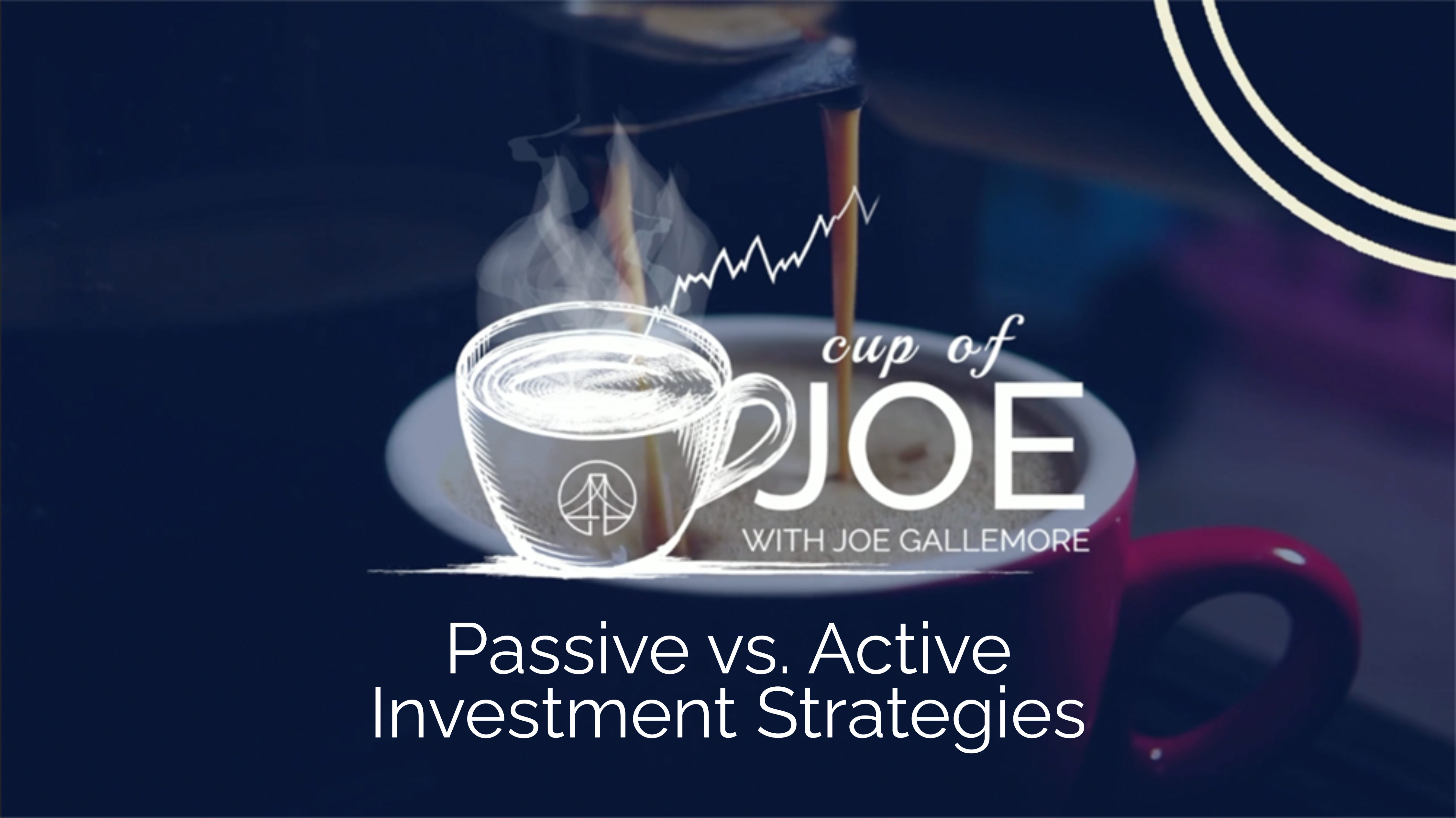Breaking Down the Impact on Your Retirement Income and Planning
Recent news around the One Big Beautiful Bill Act (OBBBA) has generated excitement, with many headlines suggesting that Social Security benefits are no longer taxed. While this sounds like a sweeping victory for retirees, the details are more nuanced. The legislation does bring meaningful changes, but not every outcome is as straightforward—or as advantageous—as it first appears. Understanding what’s different, and what isn’t, can help retirees avoid missteps and make informed financial choices.
What the OBBBA Means for Social Security Benefits
Contrary to the headlines, the bill doesn’t eliminate taxes on Social Security altogether. Instead, it adds a new deduction that reduces taxable income for many retirees. This lowers, and in many cases eliminates, what seniors owe on their benefits.
Currently, about 64% of individuals aged 65 and older already qualify for deductions or exemptions that keep their benefits untaxed. With the OBBBA, that number is expected to rise to roughly 88%. It’s important to note, however, that this change applies only to federal taxes. Some states continue to tax Social Security benefits according to their own rules.
A Refresher on How Social Security Is Taxed
The IRS calculates how much of your Social Security is taxable based on your combined income—your adjusted gross income (AGI) plus nontaxable interest and half of your Social Security benefits. Depending on your filing status and combined income, up to 85% of your benefits could be taxed.
Current thresholds look like this:
|
Filing Status
|
Combined Income
|
% of SS Taxed
|
|---|---|---|
|
Single
|
Less than $25,000
|
0%
|
|
Single
|
$25,000 – $34,000
|
Up to 50%
|
|
Single
|
Above $34,000
|
Up to 85%
|
|
Married Joint
|
Less than $32,000
|
0%
|
|
Married Joint
|
$32,000 – $44,000
|
Up to 50%
|
|
Married Joint
|
Above $44,000
|
Up to 85%
|
Where the OBBBA Changes Things
Starting in 2025, retirees age 65 and older will gain access to a new deduction in addition to the standard and age-based deductions. This deduction is tied to income levels and phases out gradually:
|
Filing Status
|
Income Limit for Full Deduction*
|
Deduction Amount
|
Phase-Out Range
|
|---|---|---|---|
|
Single (65+)
|
Up to $75,000
|
$6,000
|
$75,000 – $175,000
|
|
Married (65+)
|
Up to $150,000
|
$12,000
|
$150,000 – $250,000
|
Is the Deduction Permanent?
No. The deduction is set to expire after 2028 unless Congress extends it. The sunset provision is meant to provide immediate relief while giving lawmakers a chance to evaluate the program’s long-term financial impact. For retirees, this means the window to use this benefit is limited, and future tax planning may need to adjust if the deduction isn’t renewed.
Do You Get the Deduction Automatically?
No. It won’t appear on your benefit payments or W-2 forms automatically. Retirees (or their tax professionals) must claim the deduction when filing their 2025 tax return.
Next Steps for Retirees
The OBBBA deduction could represent a meaningful tax break, especially for retirees with moderate to upper-middle incomes. But because eligibility phases out and the benefit is temporary, planning is critical. Strategies like adjusting retirement withdrawals, considering Roth conversions, or managing investment sales may help you stay within qualifying income limits.
Because the rules are complex, and the opportunity short-term, it’s important to coordinate with both tax and financial professionals. With careful planning, retirees can maximize the deduction and reduce their overall tax burden in the years ahead.




